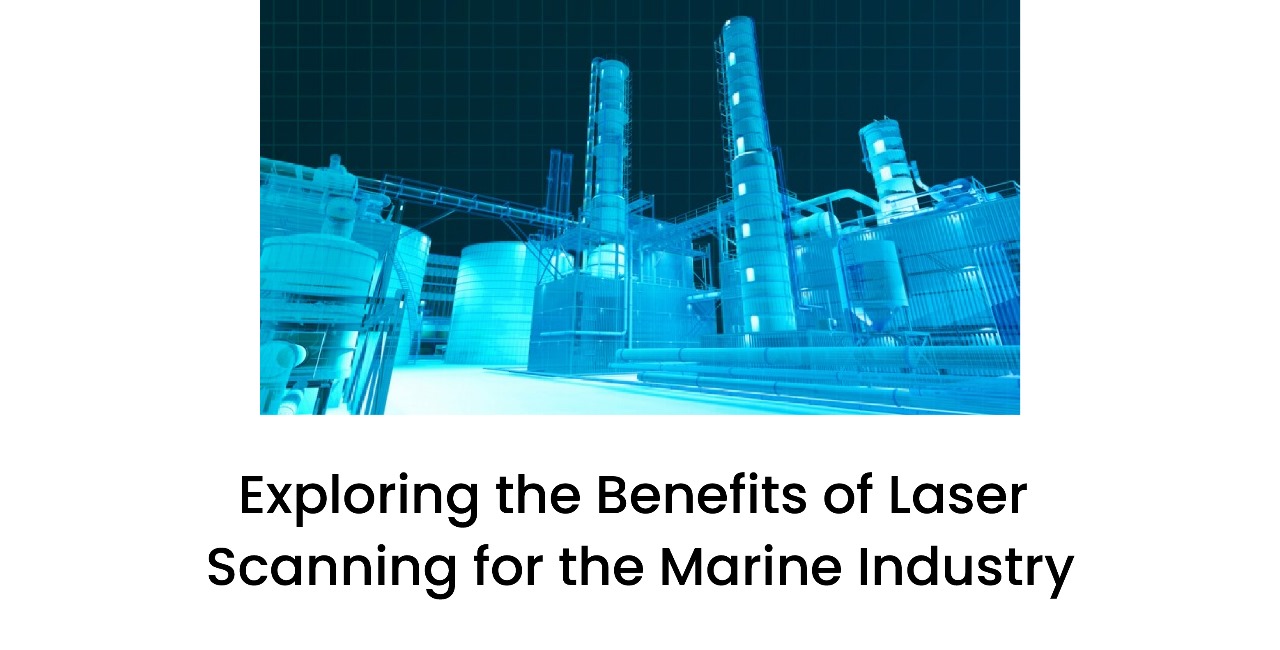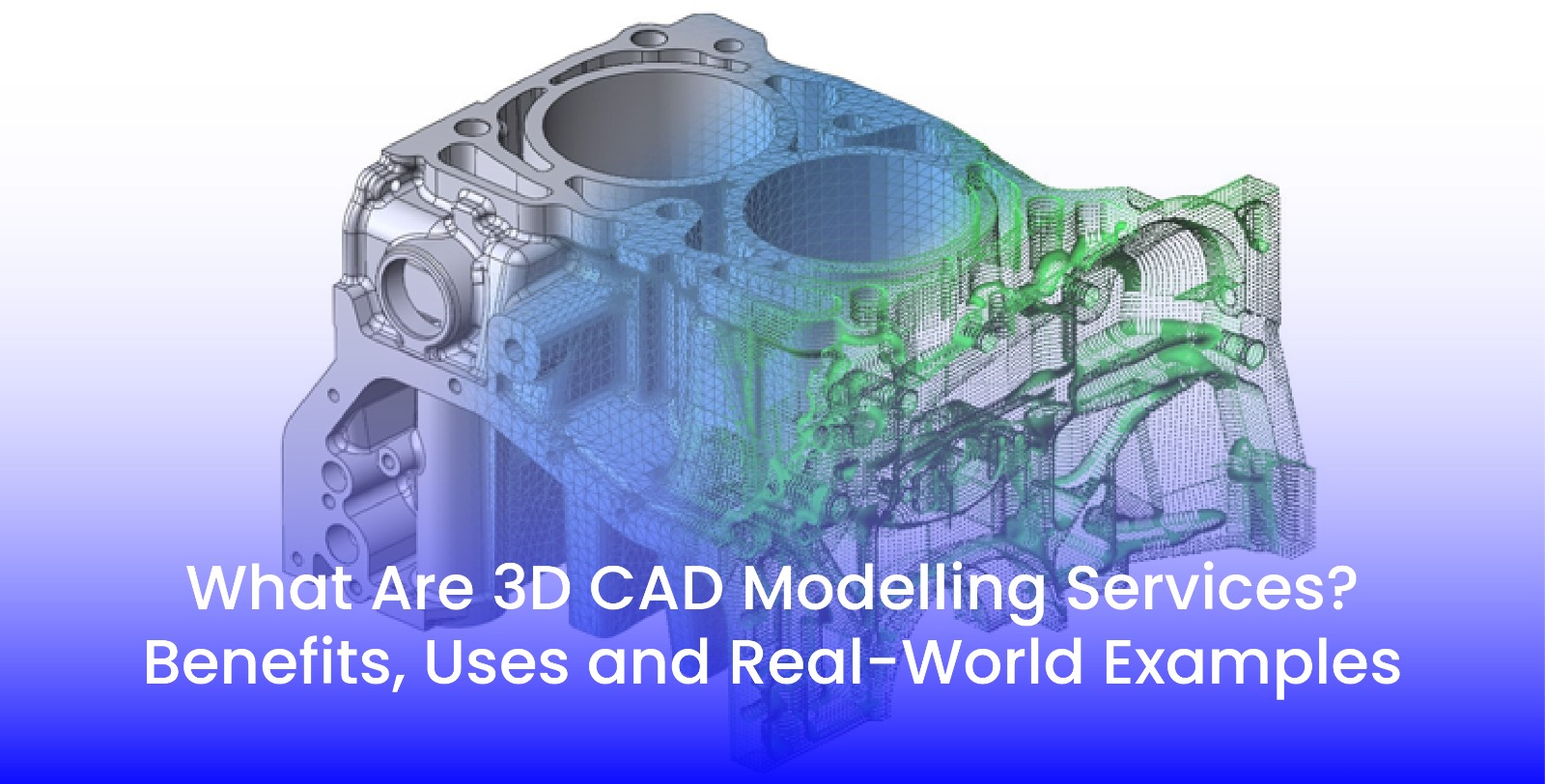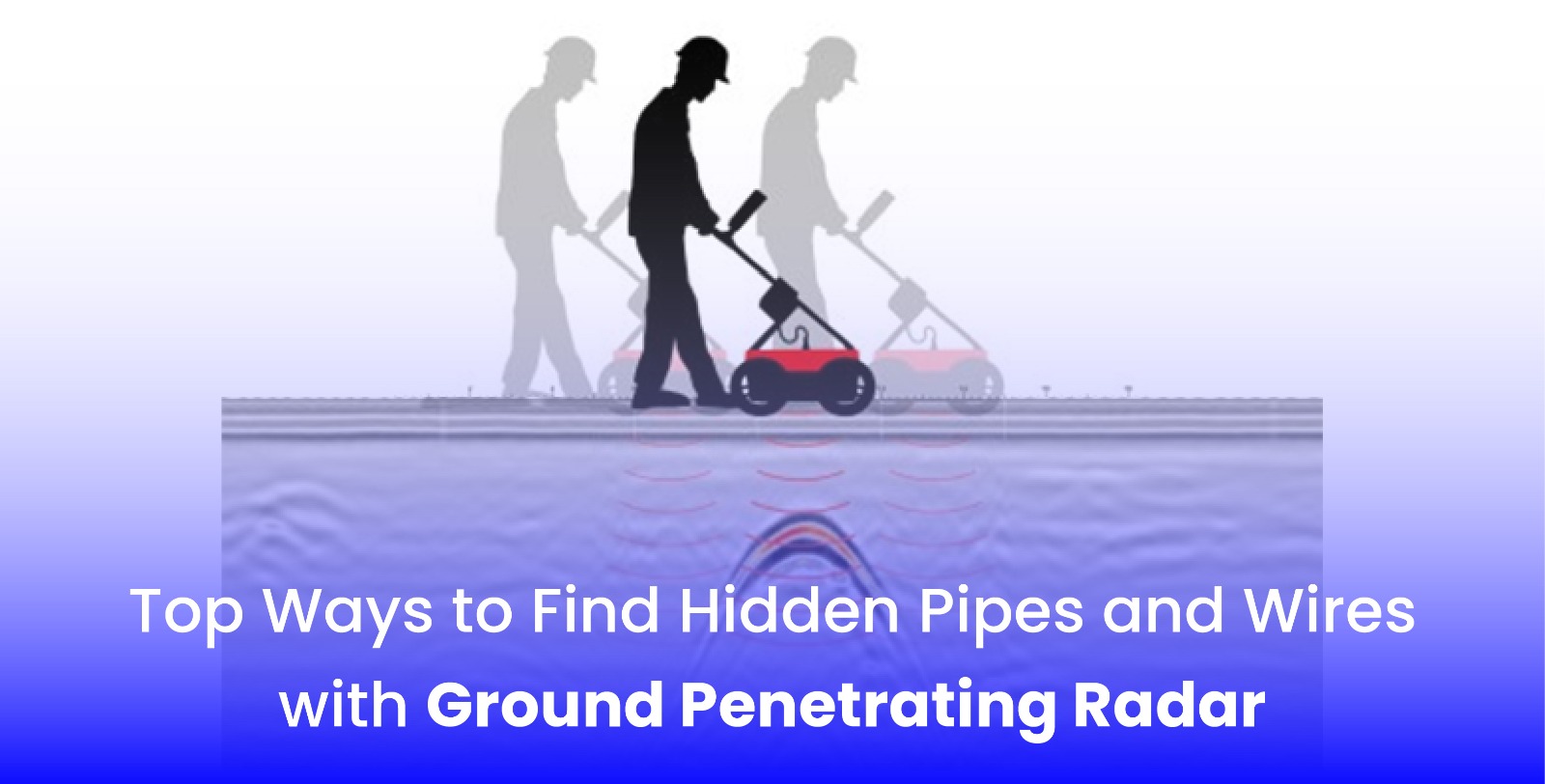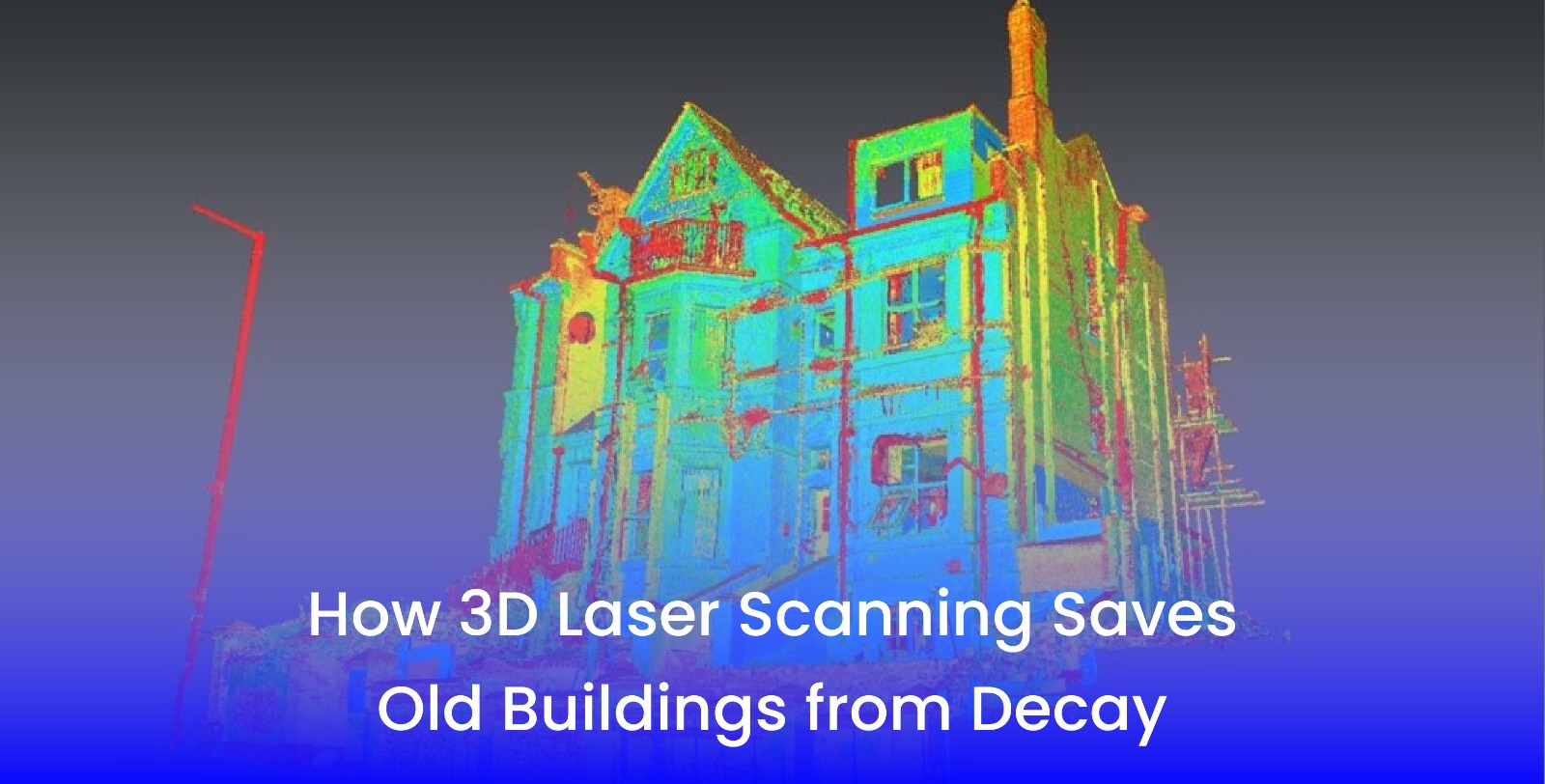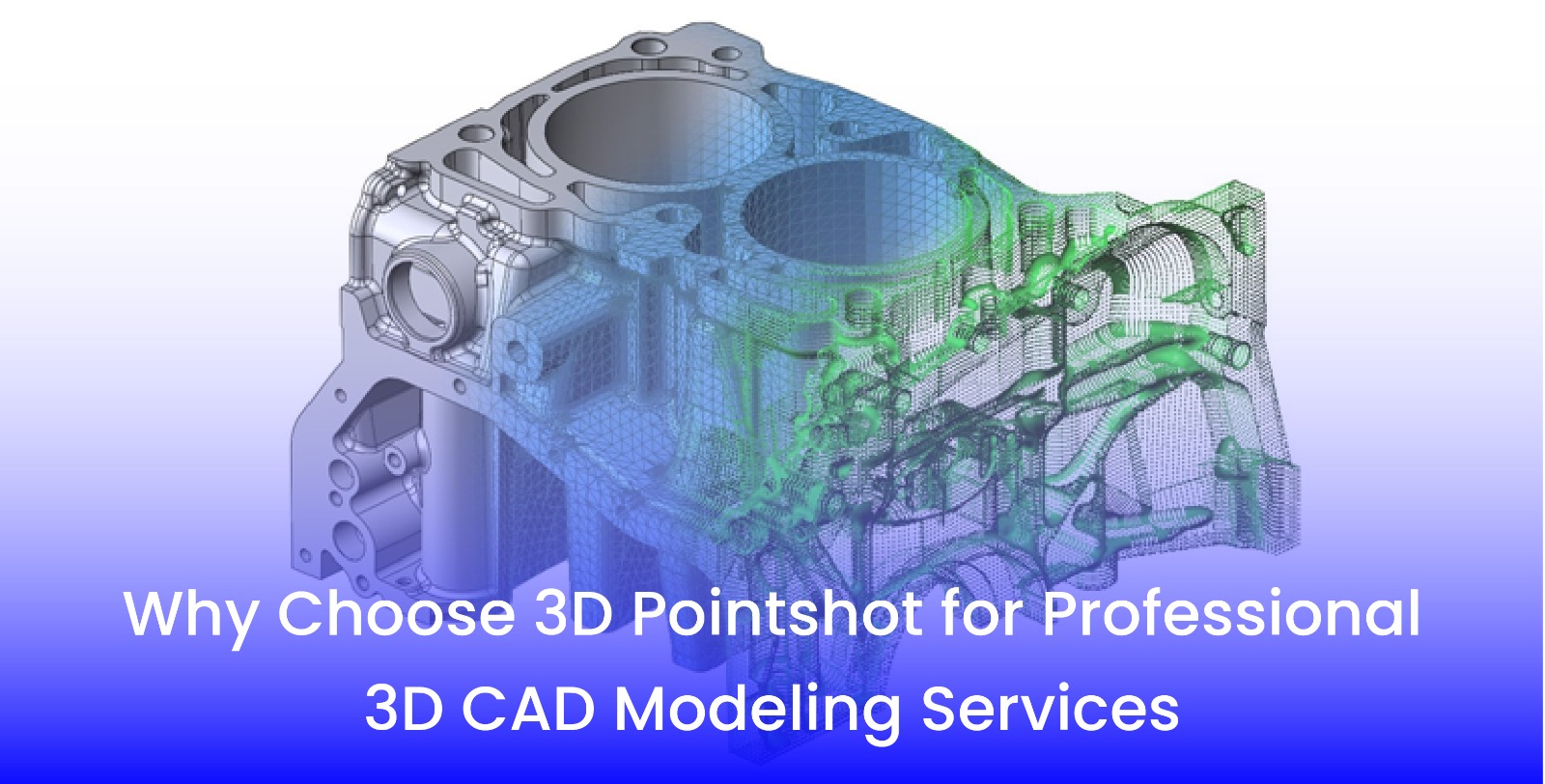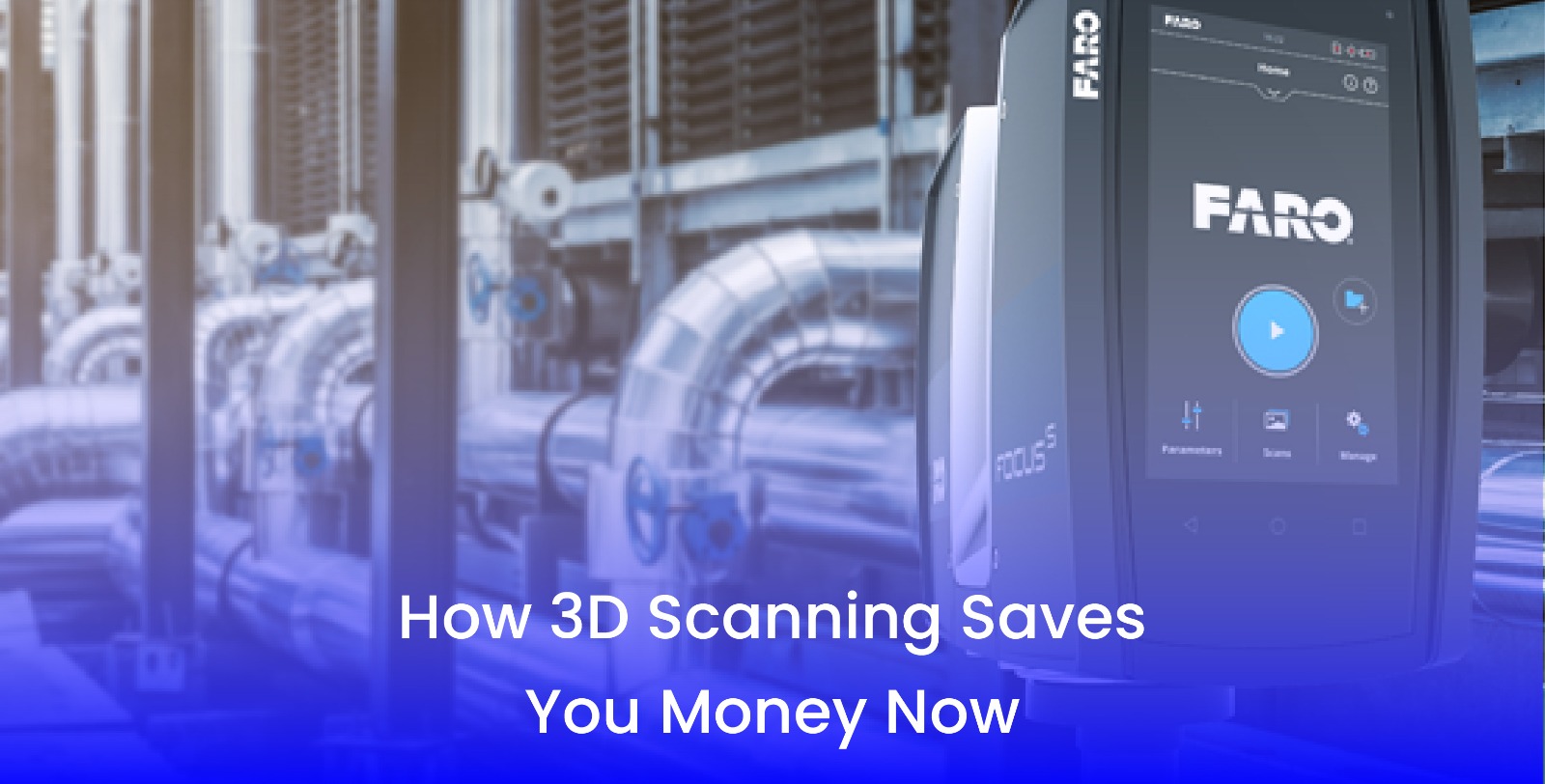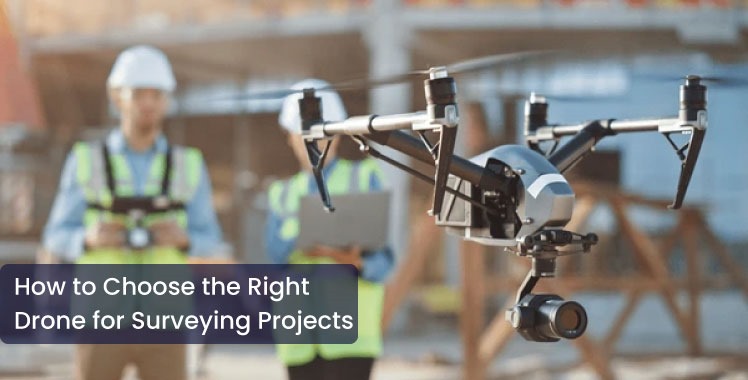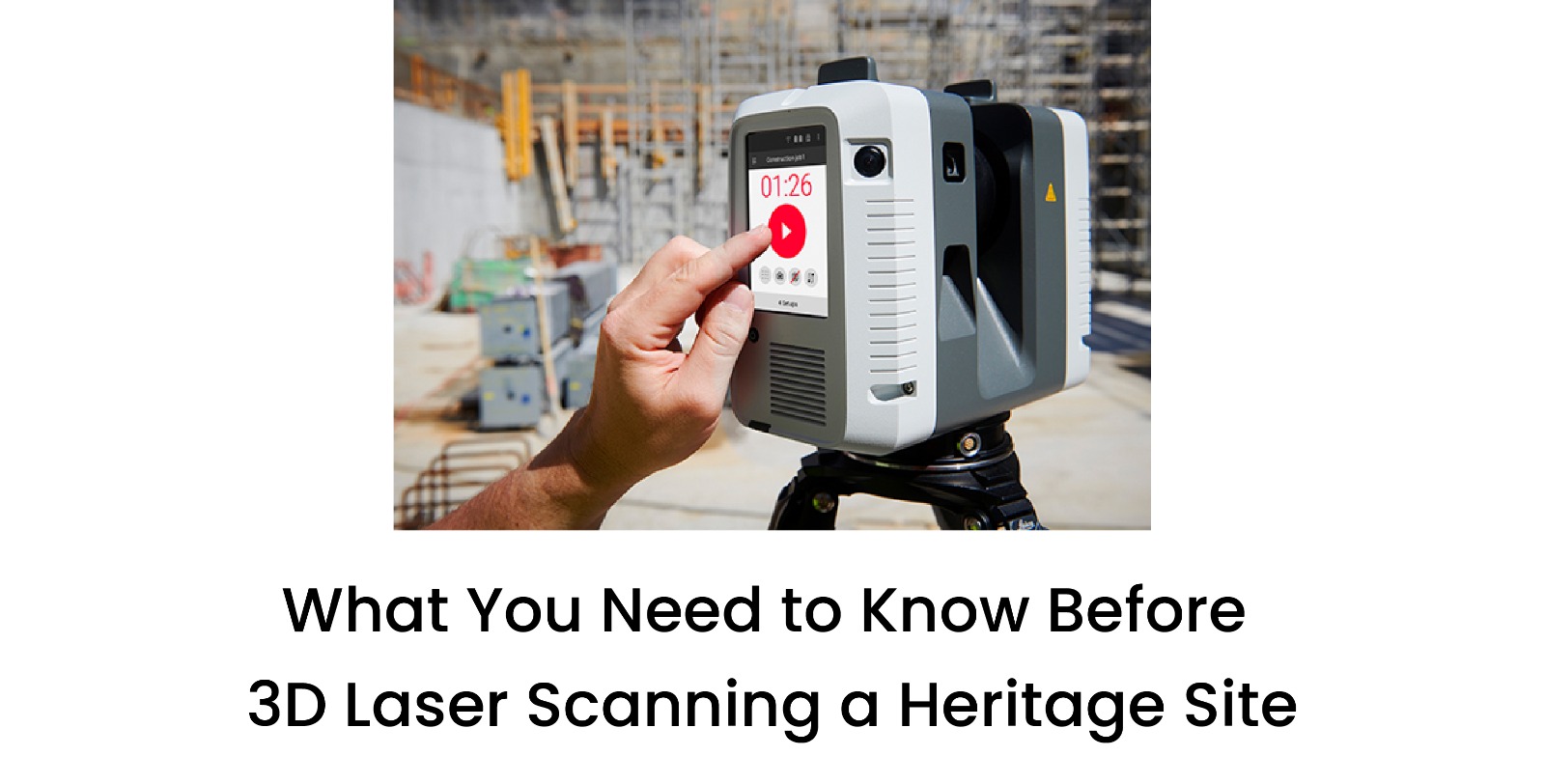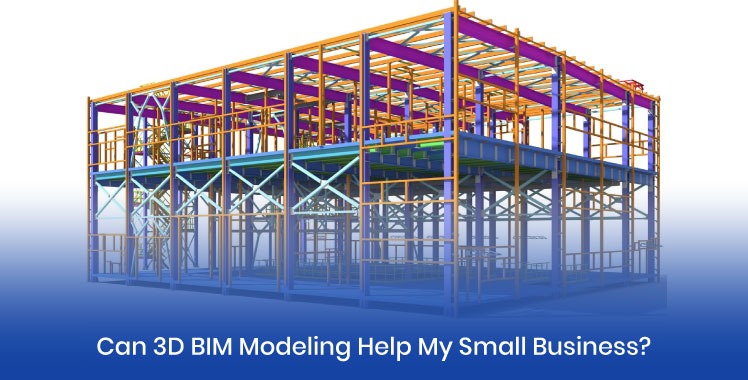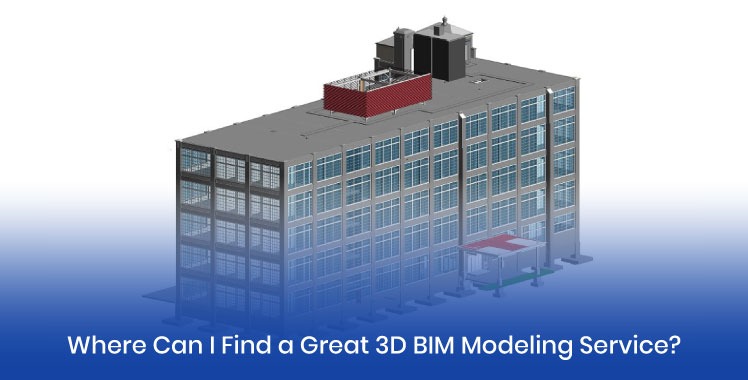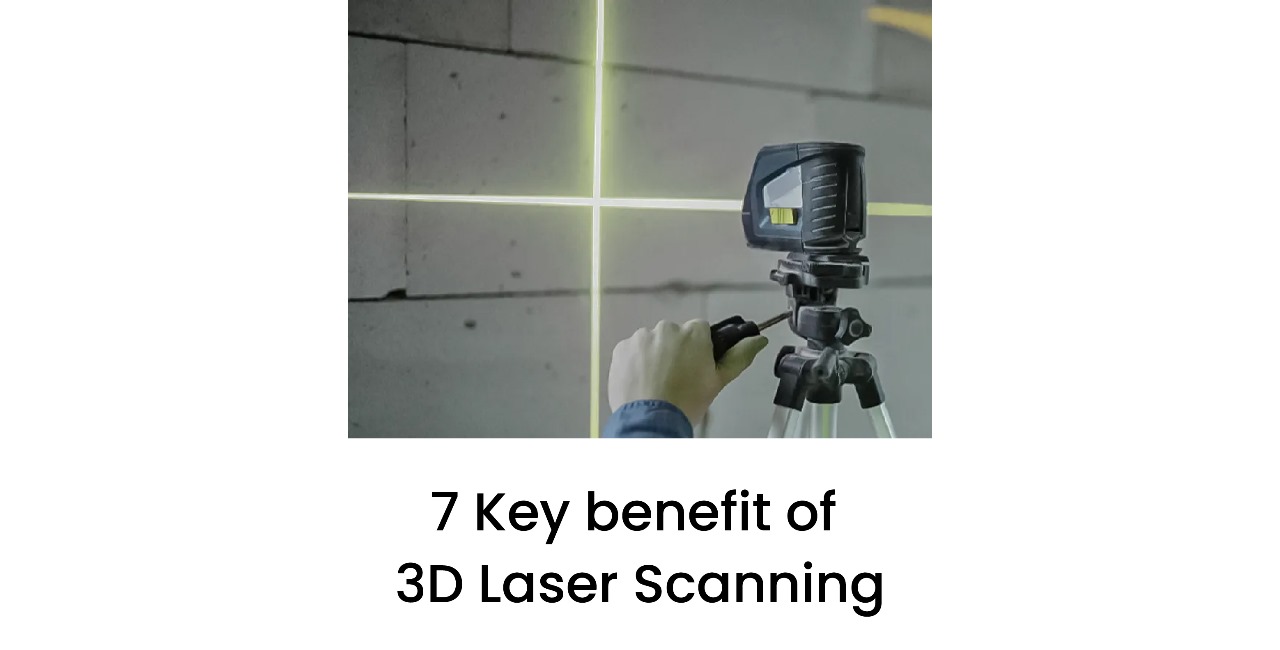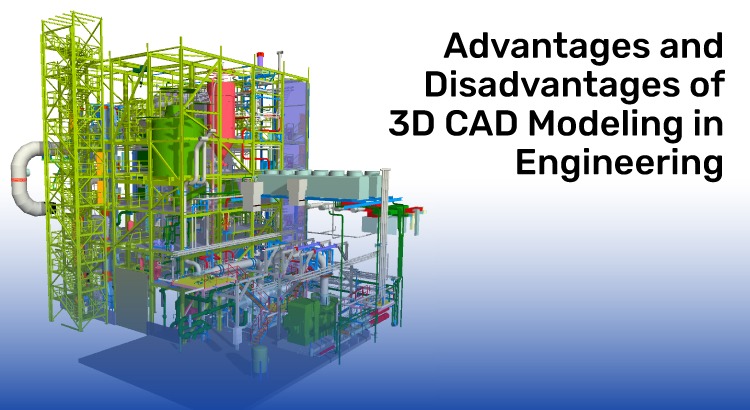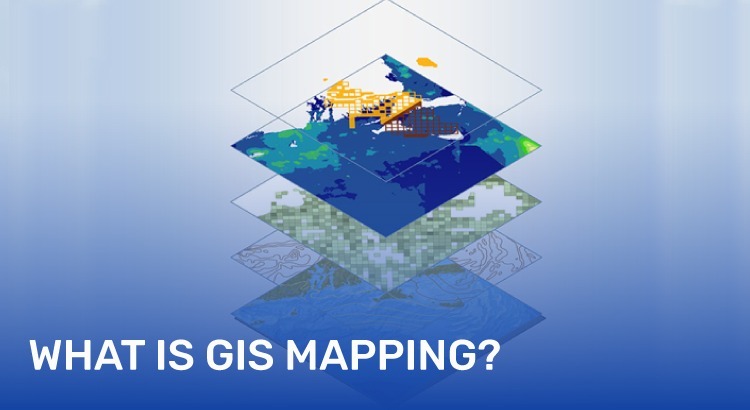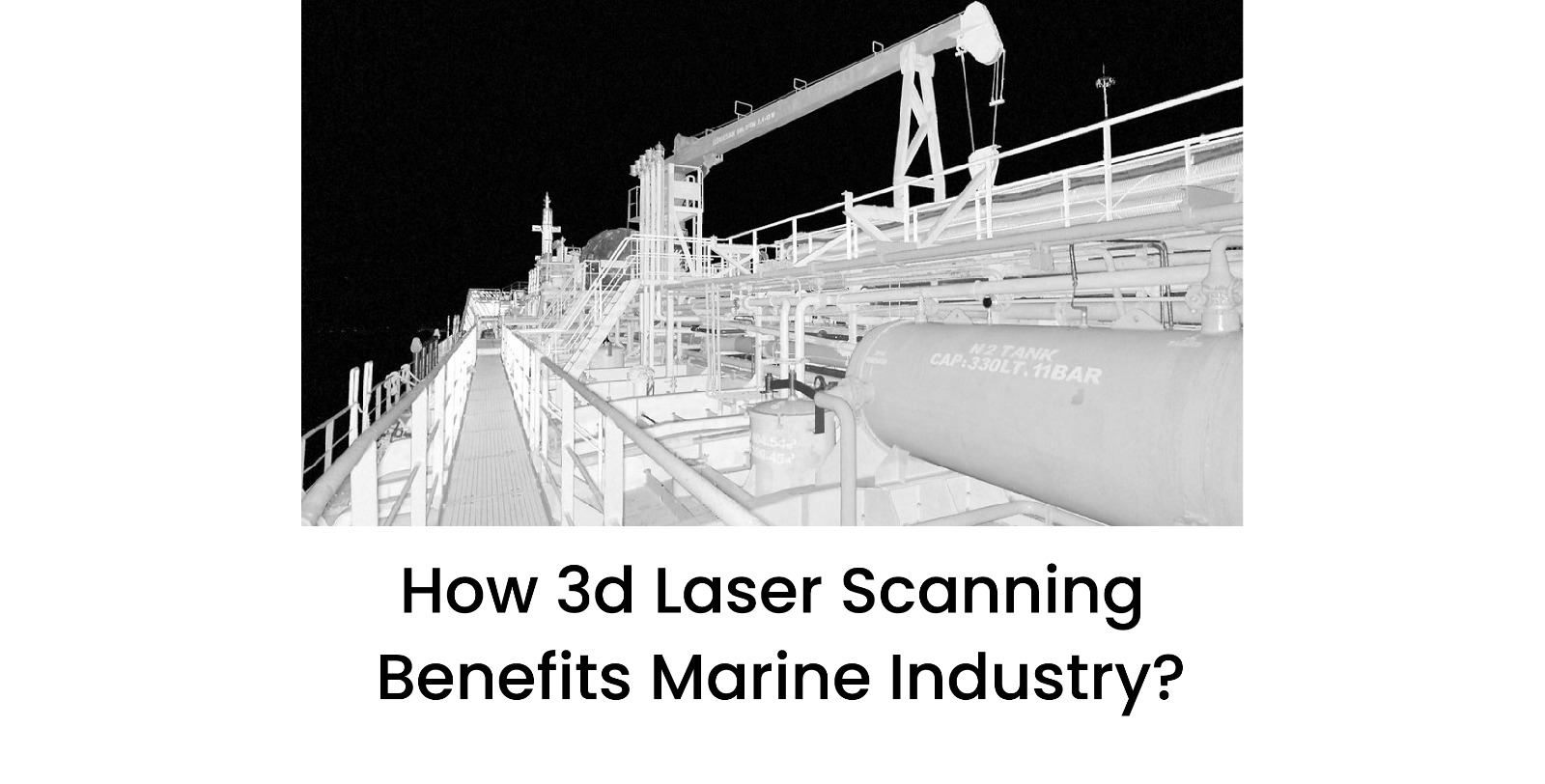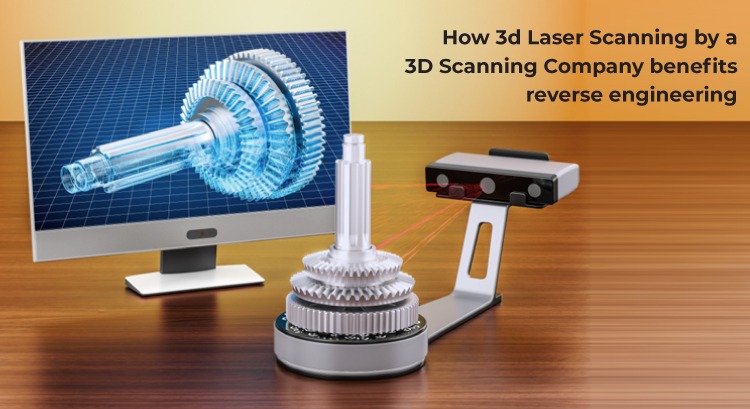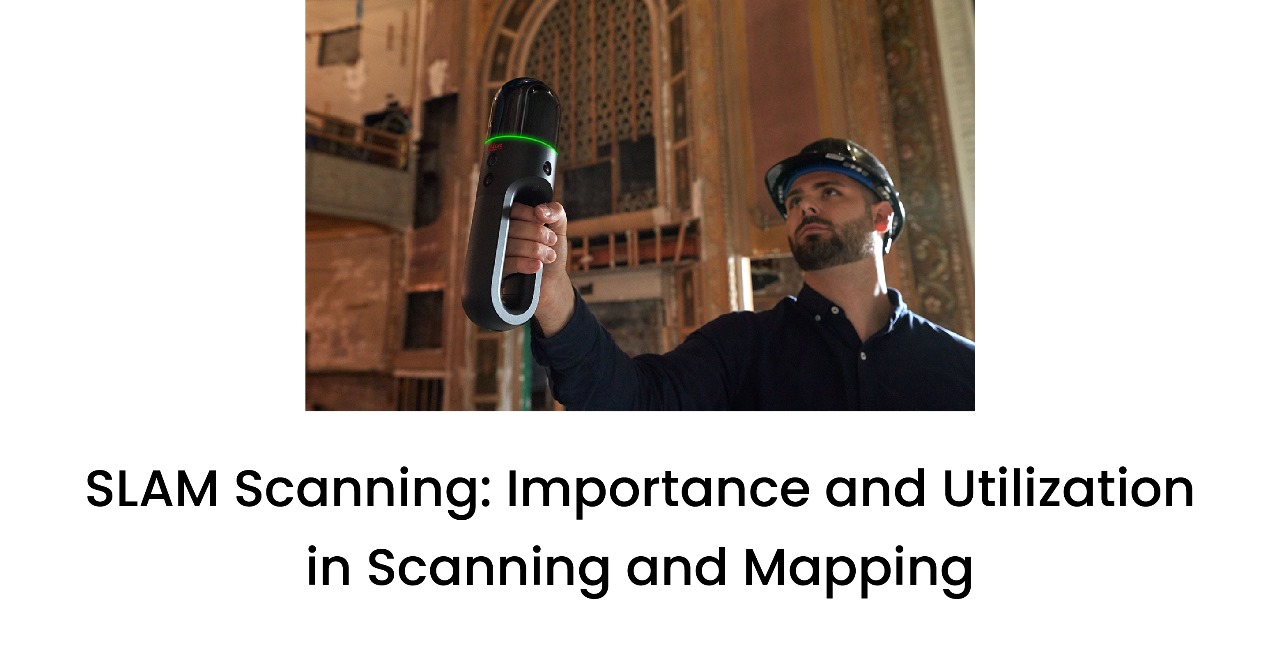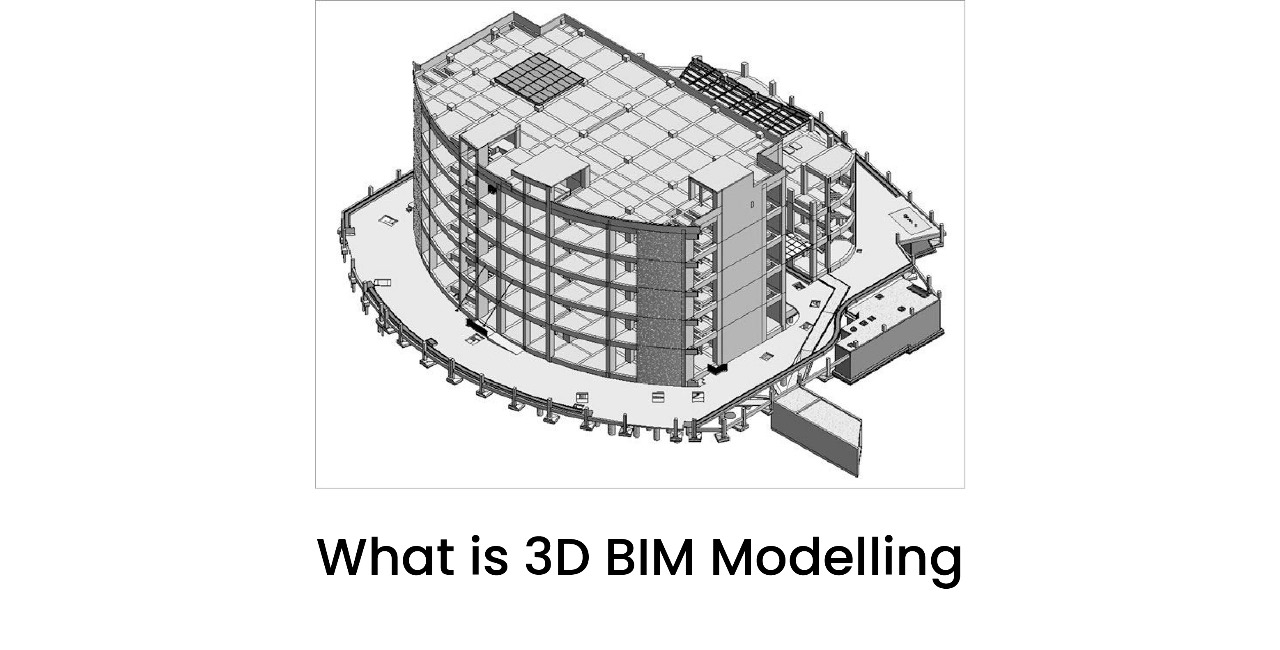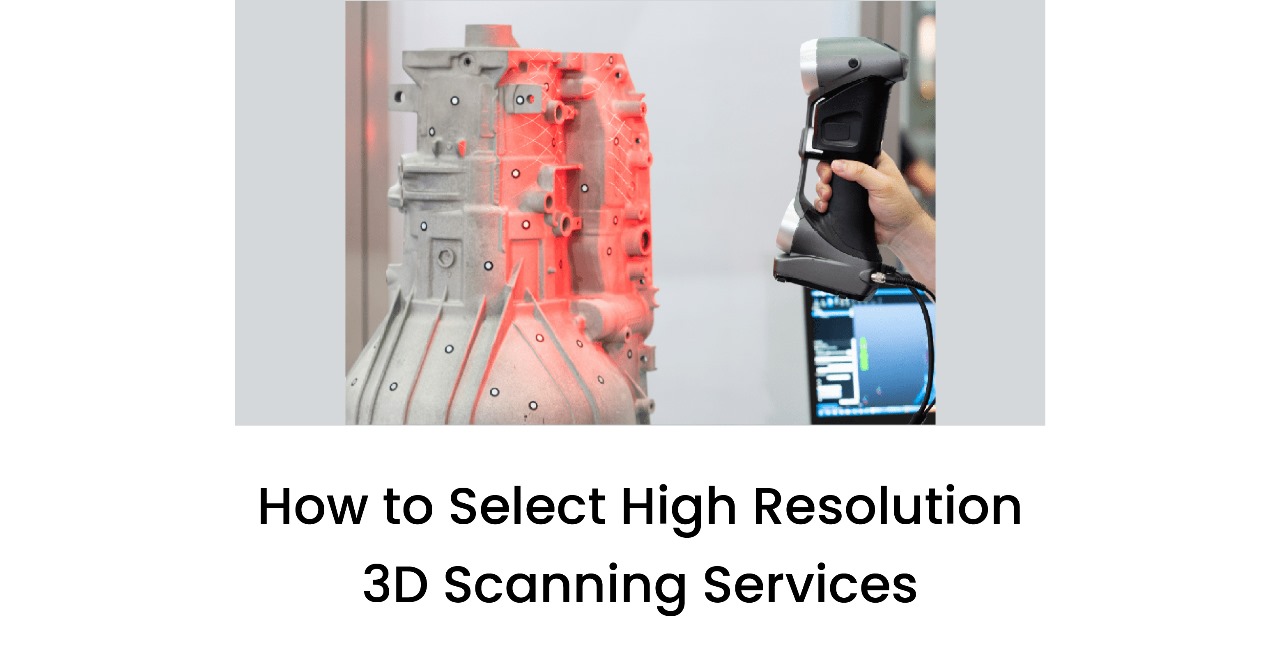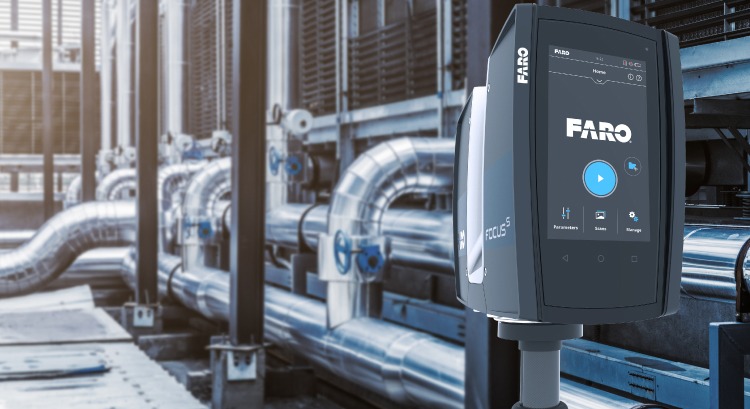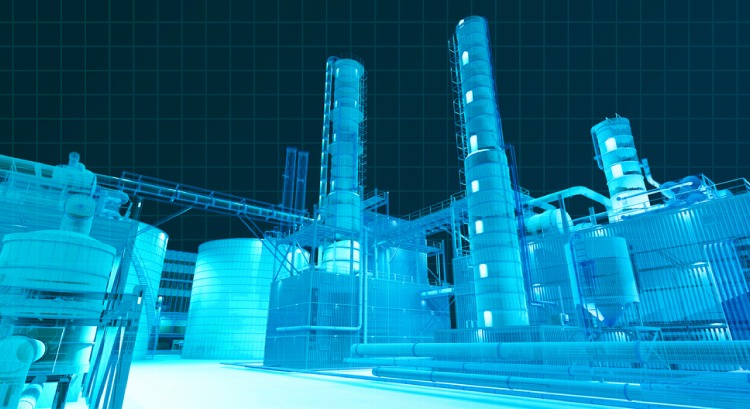Exploring the Benefits of Laser Scanning for the Marine Industry
- 25 Jan 2023
The usage of Marine Industry Laser Scanning is growing in popularity in the marine sector and offers firms using it a number of advantages. In this blog post, we'll look at some of the major benefits of 3D Laser Scanning For The Marine Industry and talk about how technology may help businesses run more efficiently.
What is 3D Laser Scanning For The Marine Industry?
Marine industry laser scanning is a modern surveying and mapping technology that uses laser pulses to gather three-dimensional data about the project area. Used to track changes in water depths, marine structures, and shorelines, this type of scan can be an invaluable tool for marine conservation, coastal planning, and recreation. 3D Laser Scanning For The Marine Industry is non-invasive and emits no emissions or pollutants - making it an ideal choice for surveying sensitive environments like coral reefs or tropical lagoons.
The data from Marine Industry Laser Scanning can be used to accurately measure land topography, monitor erosion over time and create 3D geographic depictions which help engineers plan new projects and better manage existing ones. With its detailed results—and the ability to obtain them quickly and cost-effectively Marine Industry Laser Scanning has become an essential tool for all types of marine industries.
How does Marine Industry Laser Scanning help?
Capturing precise, high-resolution 3D data on items and structures fast and precisely is one of the key advantages of 3D laser scanning for the marine industry. With the use of this information, precise 3D models that may be used for engineering, design, and inspection tasks can be produced.
Data collection in a range of conditions, including underwater, is another benefit of high-resolution scanning in the maritime sector. Without the need for costly and time-consuming divers, this enables enterprises to survey and inspect infrastructure like ships, docks, and offshore platforms swiftly and easily.
Other advantages of 3D laser scanning for the marine industry
3D laser scanning offers a lot of advantages for the marine industry.
It can measure the exact shape of an object quickly and accurately, which is perfect for getting precise measurements of vessels and docks.
Furthermore, 3D Laser Scanning For The Marine Industry facilitates easy documentation, helping to keep track of changes in structures over time.
In addition to these advantages, this approach provides increased efficiency and safety. Safety is improved by reducing time spent on human search-and-rescue operations; instead, images generated from the scan can quickly determine the location of missing objects or people in the water. Worker access to dangerous or challenging-to-reach regions is not necessary because the data-collecting method is non-contact and remote.
This can lower the likelihood of accidents and increase general safety.
Finally, thanks to its accuracy and speed, shipbuilding processes are improved; 3D scans enable more efficient design uptakes with fewer errors and revisions down the line.
Scanners can also help businesses optimise their operations and cut expenses by taking exact measurements. 3D point cloud data can assist firms in identifying possible problems and making wise decisions by offering precise and thorough data. In the long run, this can save time and money by reducing the need for expensive and time-consuming repairs and maintenance.
Conclusion
There are many substantial advantages to 3D laser scanning in the marine industry. High-resolution point cloud data is an invaluable resource for businesses in this industry since it increases productivity, safety, and cost-effectiveness while improving data-collecting capabilities.
Get in touch with 3D PointShot for more details about our engineering solutions for your conversion and hull scanning projects.

